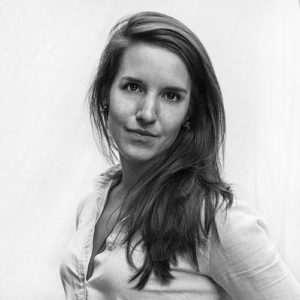
Nichole Sobecki is a photographer and filmmaker based in Nairobi, Kenya. Her work focuses on humanity’s fraught, intimate, and ultimately unbreakable connection to the natural world. In 2016, Sobecki began working in Somalia on Where Our Land Was, which investigates how conflict and climate change collide in an agonizing feedback loop that punishes some of the world’s most vulnerable people. As a National Geographic Explorer, she next looked into the critical role the Congo Basin plays in the ecological balance of our planet. Her current project, Natura, looks at the evolution of motherhood in this time of unprecedented ecological change. Sobecki’s work has been recognized by the Leica Oskar Barnack Award, the ASME Award, the Robert F. Kennedy Human Rights Award, and Pictures of the Year, among other honors, and has been exhibited internationally.
Dazzling in flight, mysteriously resistant to disease, and vital to ecosystems around the globe—bats are a scientific wonder.
Learn MorePresented by The International Rescue Committee
The Hands That Make a Home is a visual story about what happens when four refugees and a migrant rebuild home with the help of their new community.
Learn MoreThrough photography, rare archival imagery and a documentary short, “A Climate for Conflict” explores the environmental roots of conflict in Somalia, and the ways its woes spill beyond its place on the map.
Learn MoreEight women photographers from The Everyday Projects discuss their group project published in National Geographic about the impact of migration on women worldwide, touching on themes such as working in collaboration, photographing your own community, and uncovering the nuance of issues often stereotyped in the media.
Learn MoreFrom Afghanistan to Colombia and Somalia, environmental changes have dire implications for security and are harbingers of global risks to come. What’s being done to address these concerns? What more can be done? How can visual storytelling help?
Learn More